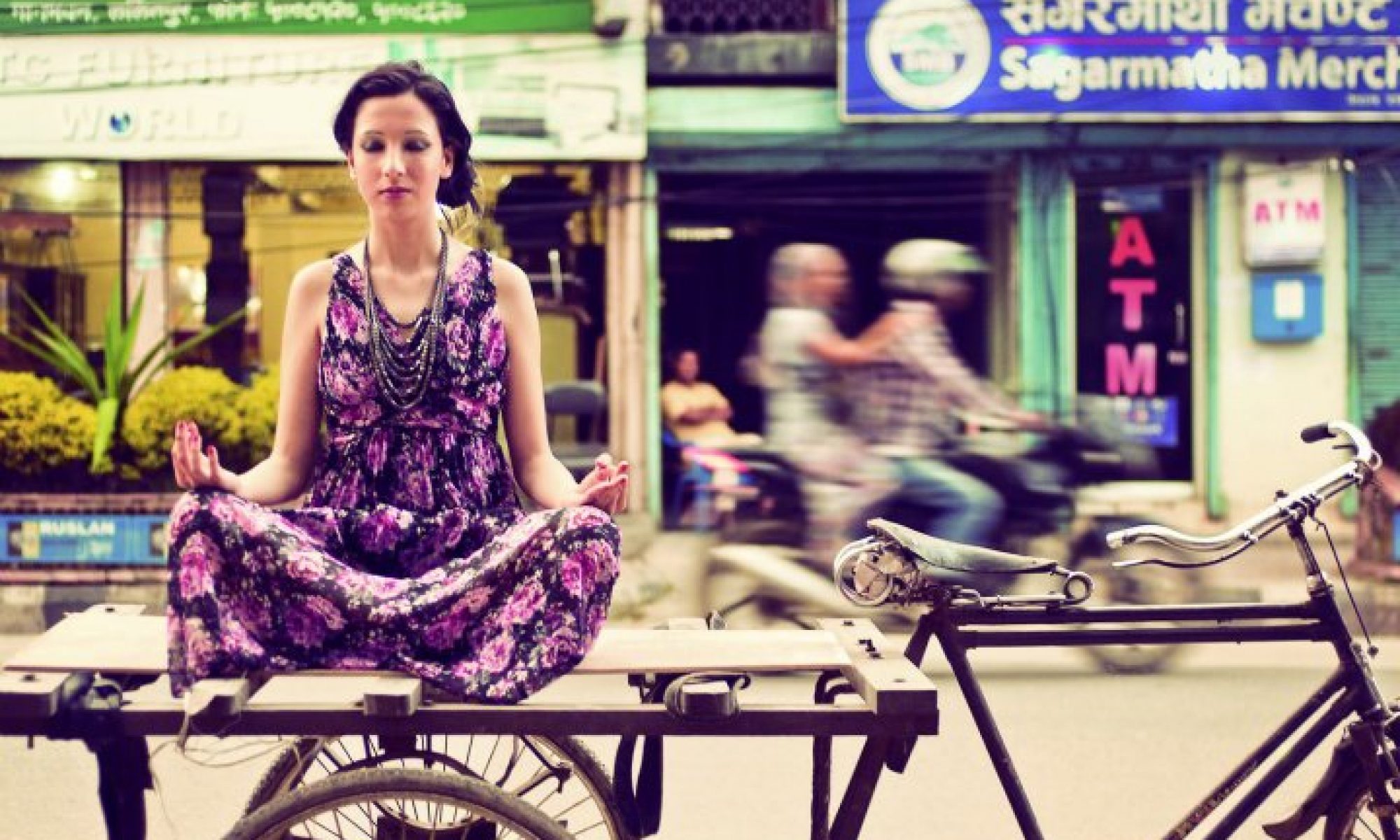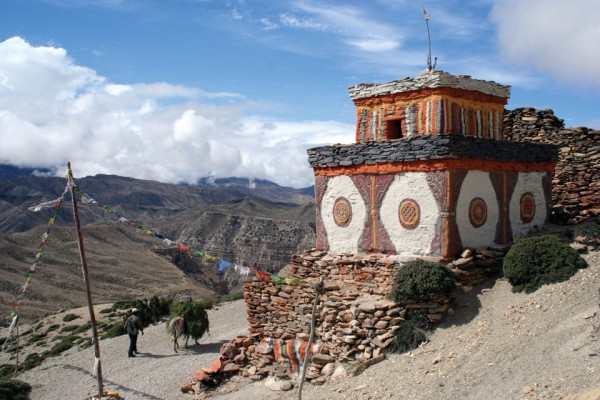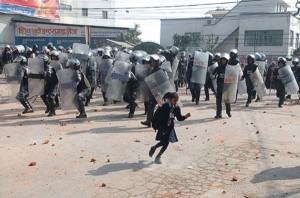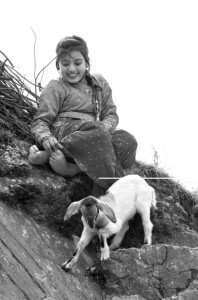A camera has become everybody’s everyday commodity. Today, new DIY is making videos- be it for a song , a parody, an interesting thing caught in motion, a photo compilation, an event, a family video, or a documentary. We see it overflowing on sites like YouTube. Film-making is all the rage these days. From professionally done films with care given to cinematography to amateur videos with sometimes just the message to hold the film from falling right apart- one should be only too eager to DIY.
This Thing Called Happiness: Khusi Bhaneko is a short film made by Anya Vaverko, a practicing photojournalist, stencil artist and the director of Sattya Media Arts Collective. The approximately 10 minute long video is about what happiness means to different people. The idea for the film started when Anya wanted to escape Kathmandu for a little while. Her original intention was to travel, and to film something, meanwhile. ‘It wasn’t anything serious or anything hardcore journalistic. I was looking for projects to do that would engage people. Anya travelled from Kathmandu to Nuwakot and then to Lamjung, Manang and Mustang. Her aim was to shoot different people about their take on happiness. The subjects of her film range from small children who find happiness in ‘cars, jeeps, swings and balloons’ to working middle-aged and old people who find theirs in ‘Osho meditation’.
One of the first and most difficult tasks about filmmaking is to find a subject matter and to decide on a concept. The concept lies at the heart of the film. There are a lot of ideas out there, or better, in there for those who seek. Anya says,’ I knew I wanted to ask one question to all of them. I would roam around villages wondering what I would ask the villagers, regardless of their age, sex, religion and ethnicity.’ When asked why the question about happiness, Anya replies, ‘There are times when one feels low and wonders what it is really that makes one happy- what makes other people happy.’ The key here seems to be to be curious- towards what the subject matter has to offer and to anticipate surprises. She chose this particular media to portray her idea because she had always been interested in the field. She has done some documentary screening at Sattya and has come across many who share this interest. Her video, though made with no big ambitions has generated a good response.
When Anya came back with the videos, her friends at Sattya were excited about her project. ‘There are some skills that I don’t have. I am not the best editor and I can’t make the background music. But my friends at Sattya were like, ‘Why not make it better?’ They helped me improve the project.’ However Anya wanted to pay her friends for their services. She has therefore prepared a budget of $500 and put her video up on Kickstarter. A website that allows people interested in helping her project to contribute a certain amount. Since garnering funds is an obstacle in itself, Anya advises people to put up their videos on such websites. The contributors are given credit for the movie itself and are sometimes sent a DVD. Movies give a stimulating touch to any piece of information.
Anya encourages people to film things. She says, ‘Even just a digital camera will do if it has a video mode.’ She believes Sattya would also be of great help, if anyone wants to be involved since it is ‘ a resource network for artists, writers, filmmakers, photographers, and other creative types of people in Nepal and it aspires to be a hub for DIY culture, collaboration, inspiration, and learning for emerging media artists.’
The video is still up on Kickstarter for anyone who wishes to view it or contribute to it.
Website: https://www.kickstarter.com/projects/anyavaverko/this-thing-called-happiness-khusee-bhaneko
[minigallery link=”file” order=”DESC” columns=”2″]



